The foundation of a home serves as a basis of support. The foundation walls are typically located in the basement of a home. And though basements may be used less frequently than other spaces in the house, insulating them properly can improve your home's overall efficiency and help with potential moisture issues.
But how exactly do you insulate foundation walls? Well, you've come to the right place for this answer because we're going to cover it in this post.
There are three types of insulation typically used on foundation walls.
- Rigid foam panel insulation
- Spray foam insulation
- Mineral wool batt insulation
Many local building codes require you to place insulation on your foundation walls. However, the type of insulation recommended may vary by your regional climate and foundation material.
Continue reading to learn more about building code mandates and types of insulation that are suitable for foundation walls.
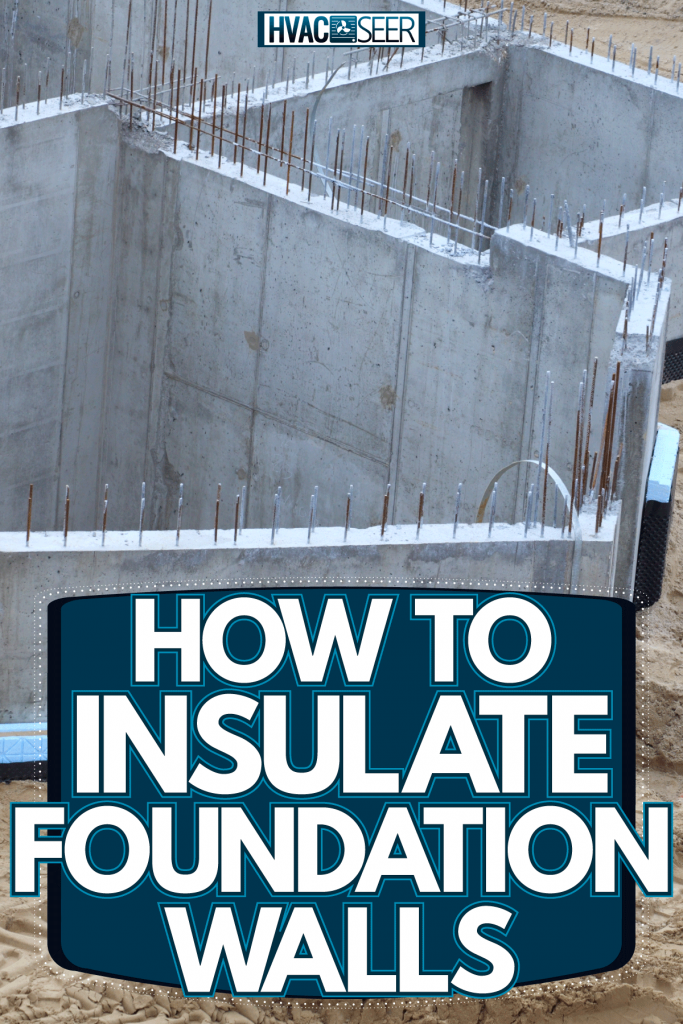
Methods to Insulation Foundation Walls
Outside of adhering to local mandates, energy conservation is one of the biggest reasons to insulate your foundation walls. The location of the concrete walls and their overall layout will determine which type of insulation will be best to use. Let's discuss the three most common types of insulation recommended for these spaces.
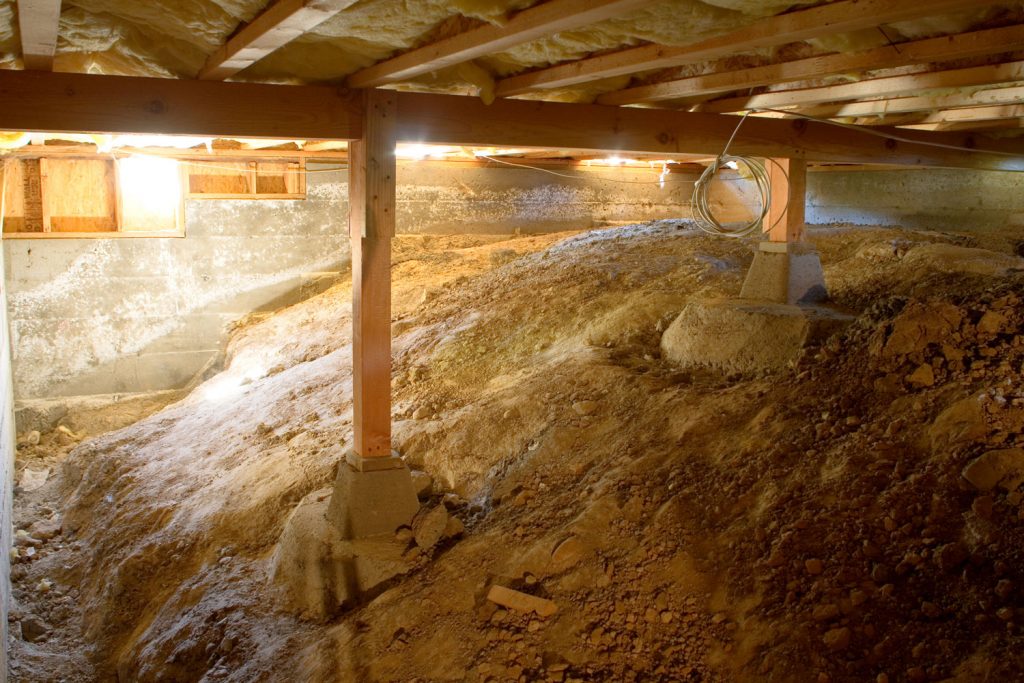
Rigid foam panel insulation
Rigid foam panels are made of polystyrene foam and are big enough to fit easily on the walls of the foundation, though they may need to be cut. The thickness of these foam panels can range anywhere from half an inch to two and a half inches, with R-values from R-2 up to R-12.
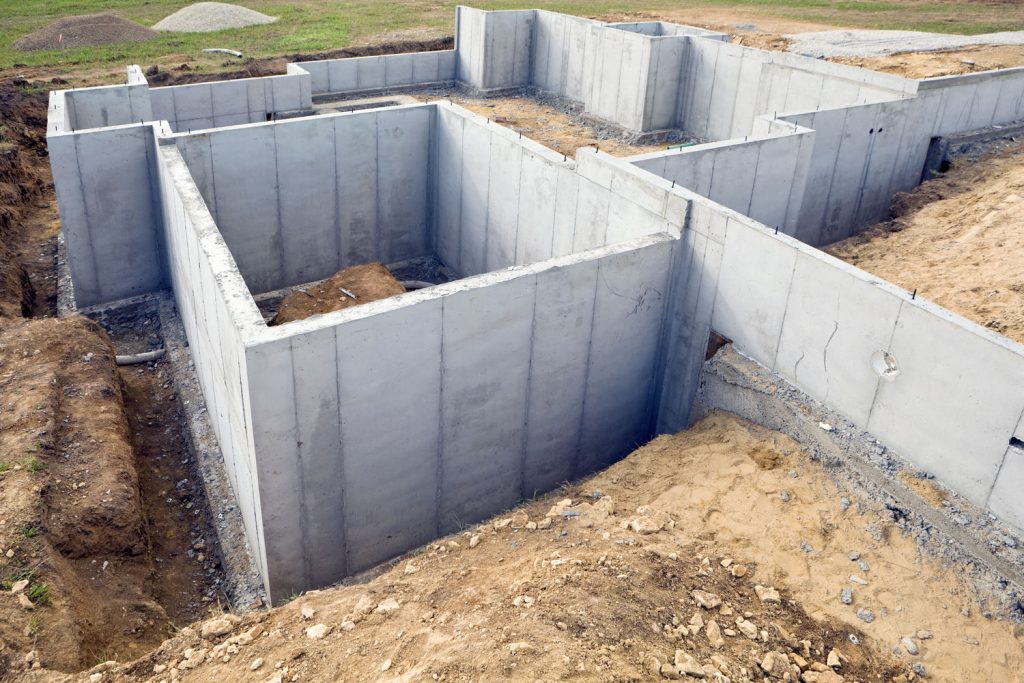
You can easily cut these panels with a box cutter, or you can snap them off manually into sections. These panels are the most common types of insulation to use on foundation walls. Let's look at how to install them.
Things you'll need:
- Tape measure
- Box cutter
- Drywall saw
- Caulk gun
1. Apply a wall treatment
It's best to apply waterproof paint or some other waterproofing solution to the foundation walls before installing the panels. It's also a good idea to take a damp towel or a Shop-Vac to remove any spider webs or loose dirt from the walls as well.
You'll also want to check your local building codes to see what type of vapor barrier, waterproofing, or sealant needs to be placed on the walls before installing this particular type of insulation.
Check out this waterproof paint on Amazon.
2. Measure the area and cut the panels
Measure the length and width of the wall space. Be sure to buy about 5% more insulation than you need to be on the safe side. Also, measure any door openings, windows, and pipe openings.
3. Apply adhesive to the panels
Next, use the caulk gun to apply the adhesive to the corners and edges of each foam panel. Line the panels up starting at the corner of the wall and work your way to the edge. Be sure to place the panels close together to connect them without large gaps.
This will prevent air from entering from the outside in case the vapor barrier breaks down at any point. Continue this process until you've covered all of the walls.
Note that you don't need to apply a bunch of pressure, just enough to ensure that each board is pressed firmly against the wall. You can also place Tyvek tape across the seams for additional protection.
Spray foam insulation
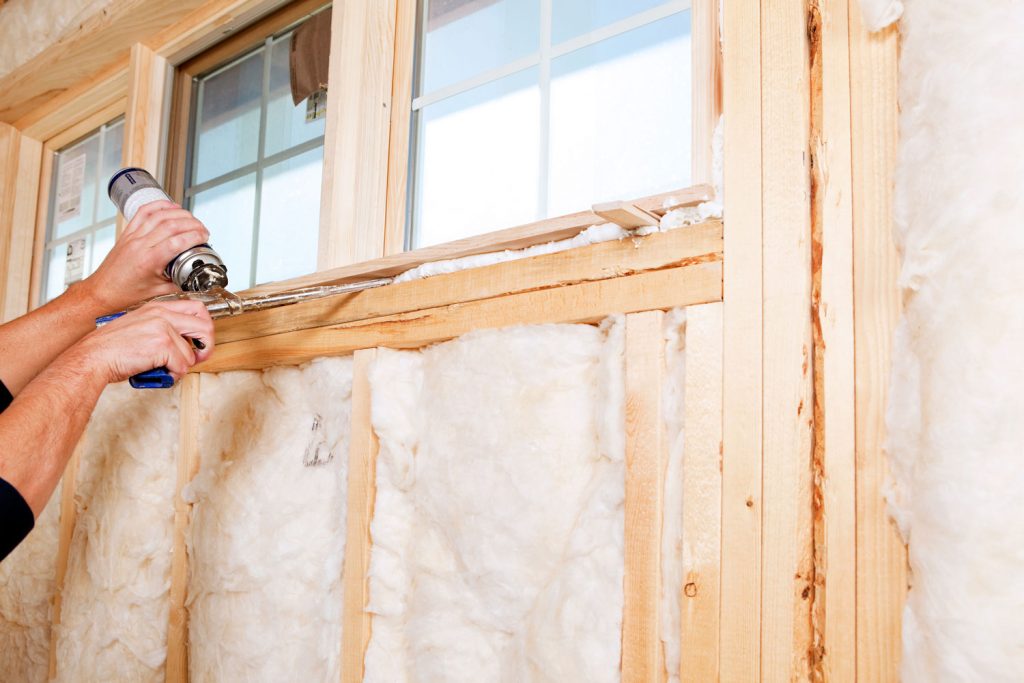
This type of insulation is made from polyurethane foam and is blown into wall cavities or between joists with a spray hose. Upon contact, the foam expands, solidifies, and then dries. Once the foam has dried, it can be trimmed away using a box cutter or a putty knife.
It's best to use spray foam insulation on foundational walls if you want to save time with the project. You can also install this insulation yourself instead of hiring contractors.
Things you'll need:
- Spray foam insulation
- Blower machine
- Box cutter or putty knife
- Ventilation masks and gloves
1. Fix any moisture issues
Before applying spray foam insulation to your foundation walls, make sure that the space does not have any issues with moisture. It's best to fix any water entry issues to ensure that you don't have to go back and redo any insulation because it has become molded.
You can use a vapor barrier or seal the edges and corners of the wall with a waterproof sealant before applying the insulation.
2. Apply the insulation
Before applying the spray foam, you should know how thick the foam layer will need to be. You can get this information by researching your local building codes. And note that some building codes may require you to apply a layer of gypsum drywall before installing foam insulation on the foundational walls.
It's best to first do a test spray to get a feel for how the sprayer works. Next, start in one corner of the room, and at the top of the wall, work your way from left to right, spraying the wall with insulation.
Only work and areas of 1-2 feet at a time to avoid under spraying the wall. Be sure to spread the foam to reach the thickness layer required by your local building code.
3. Clean up and trim as needed
After applying the insulation to all of the walls, go back and trim any areas where it may have spilled over into pipe holes or on top of joists. Once the insulation dries, you'll be able to cut it using a box cutter, putty knife, or long saw.
Want to see how it's done? Check out this video:
Mineral wool batt insulation
You can also use mineral wool insulation for your foundation walls. This insulation is easy to install, and it's available in thick, dense batts that can be cut and trimmed to fit. These sheets provide high-quality temperature regulation and can last a long time.
Things you'll need:
- Mineral wool batts
- Reciprocating saw
- Hack saw
- Tape measure
1. Measure the wall area
Before ordering or picking up the mineral wool batts, accurately measure the wall space that the sheets will cover.
2. Apply a waterproof barrier
Next, apply a vapor barrier or any type of waterproofing sealant to prevent moisture issues within the space. If you are unsure which materials or products will work well for your home, it may be best to reach out to a general contractor or HVAC expert.
Usually, the type of concrete or the material used to build your foundation walls determine what kinds of barriers you can construct.
3. Cut and apply the batts
Next, use a reciprocating saw or hand saw to cut the batts. You'll typically only need to cut edges for the bottom and ends of the wall, as the sheets can be placed directly on the wall. Next, use a nail gun and apply the batts to the walls using Rodenhouse fasteners (or washers, caps, etc.) and nails. This will hold the heavy batts in place, preventing them from shifting or falling off the wall.
What type of insulation is used for foundation walls?
Rigid foam panels and blown-in polyurethane foam are the most common types of insulation used for foundation walls. The foundation walls can be insulated on the interior or the exterior, although insulating this area from the inside is more common and less expensive.
What are foundation wall insulation requirements?
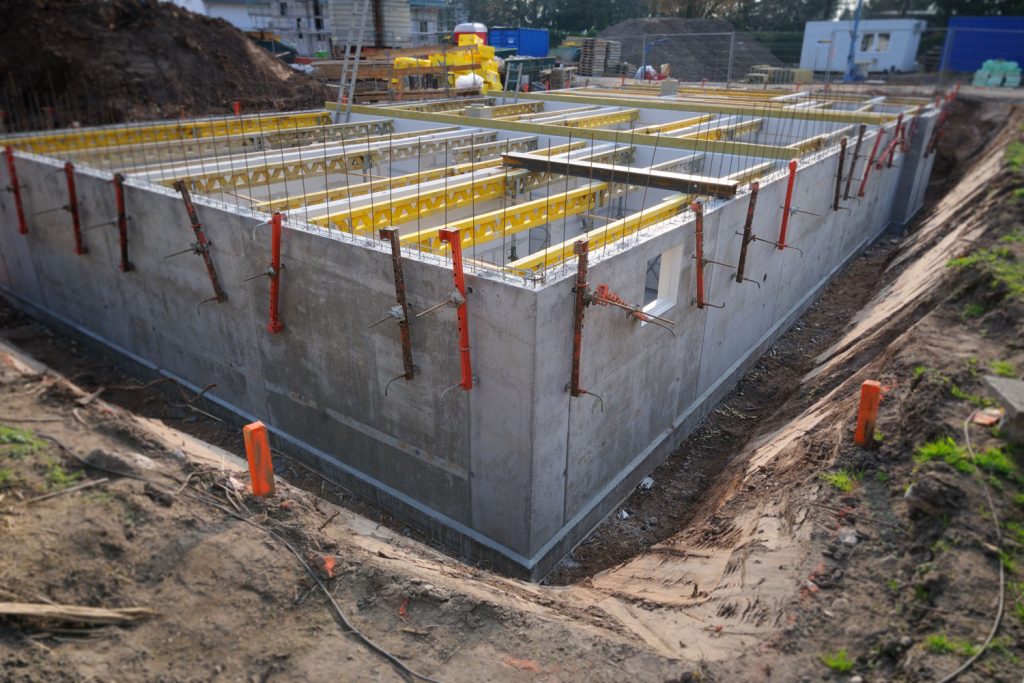
The specific foundation requirements will depend on your local building codes. To find them, you can visit your local government's website.
Common requirements will include installing insulation of a specific R-value onto the foundation walls. Other stipulations may include setting up a vapor barrier and installing fasteners, sealants, and other waterproofing materials.
What R-value is recommended for foundation walls for insulation?
Though it depends on the region in which your home is located, the R-value can range anywhere from R-11 to R-20.
Homes in colder areas such as the northeast may require a higher R-value to help combat extreme temperatures during the colder months. However, if you live in western or southern states, this may vary significantly.
Wrapping Things Up
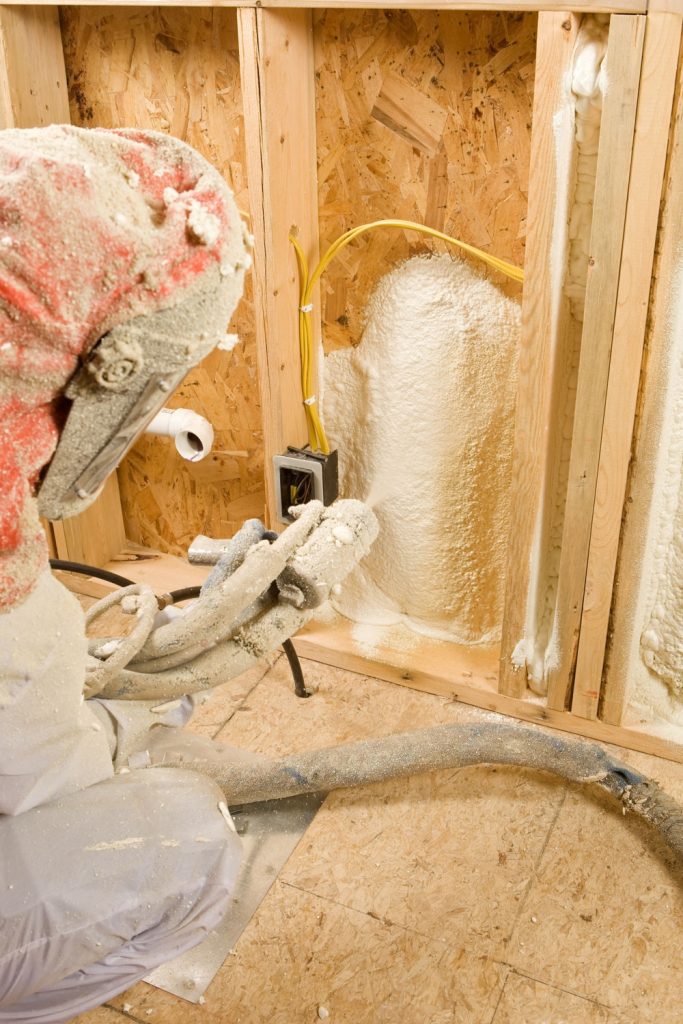
We hope this post has helped explain how to best insulate your foundation walls. Always check with your local municipality to see what building codes are in place for your area before installing or purchasing any insulation.
It may also be helpful to consult with an HVAC contractor beforehand, even if you plan on performing the project yourself.
Before you go, be sure to check out our other posts:
How To Install Mineral Wool Insulation In Ceiling [A Complete Guide]




